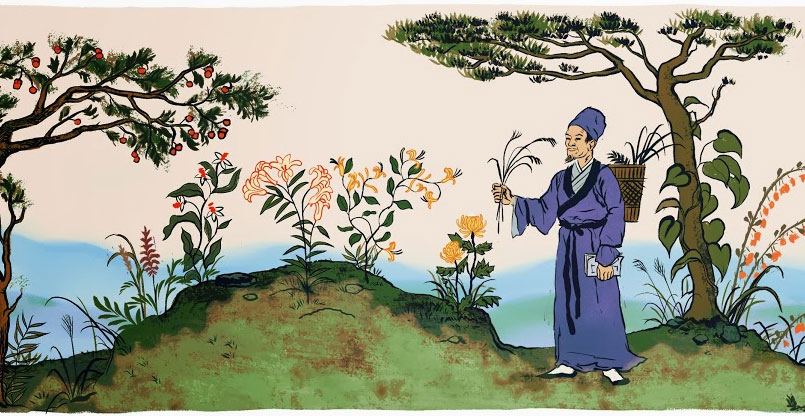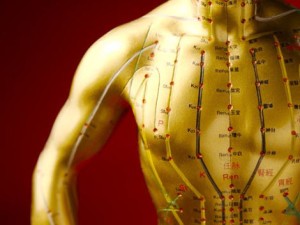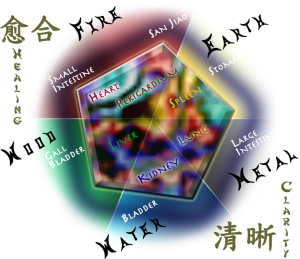
Traditional Chinese Medicine (TCM) has evolved through the ages from it’s 5,000 year old classical roots. Some of its most famous medicinal texts are over 2,000 years old. In these texts, aspects of medicine are interwoven through the science, culture, and religious aspects of the ancient Chinese people. Though this type of medicine is based solely on moving energy, it is also highly logical and analytical and can fit into scientific evidence based types of medicine as well, especially in regard to its thorough herbal formulations and treatment protocols. In this way TCM can be potentially less biased than many other forms of medicine because it considers all kinds of influences to health and illness and not just one. The four main branches of TCM are Acupuncture|Moxibustion, Herbal Medicine|Whole Food Therapy, Tui Na|Cupping|Gua Sha (medical massage), and Tai Chi|Qi Gong (meditation|exercise).

